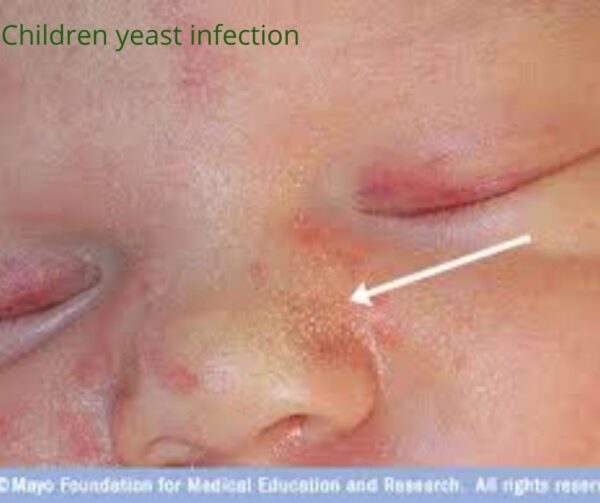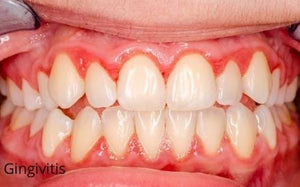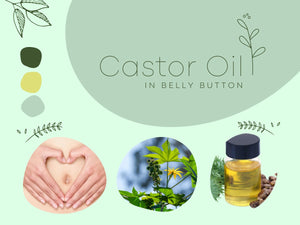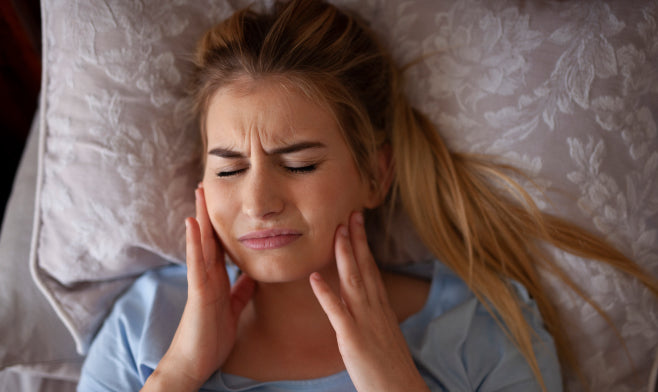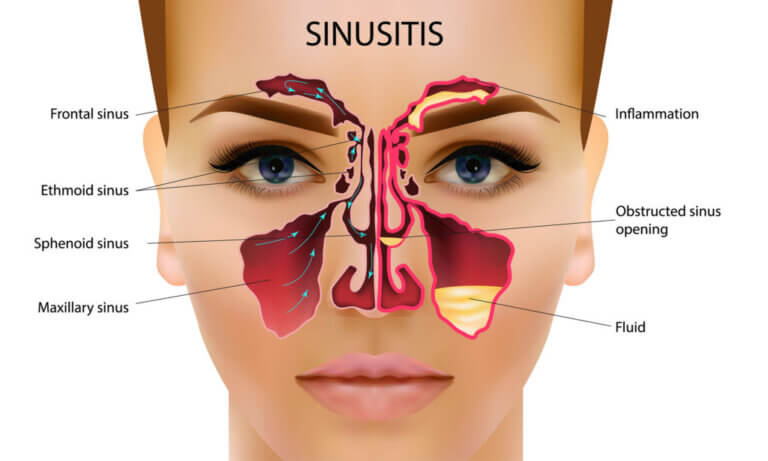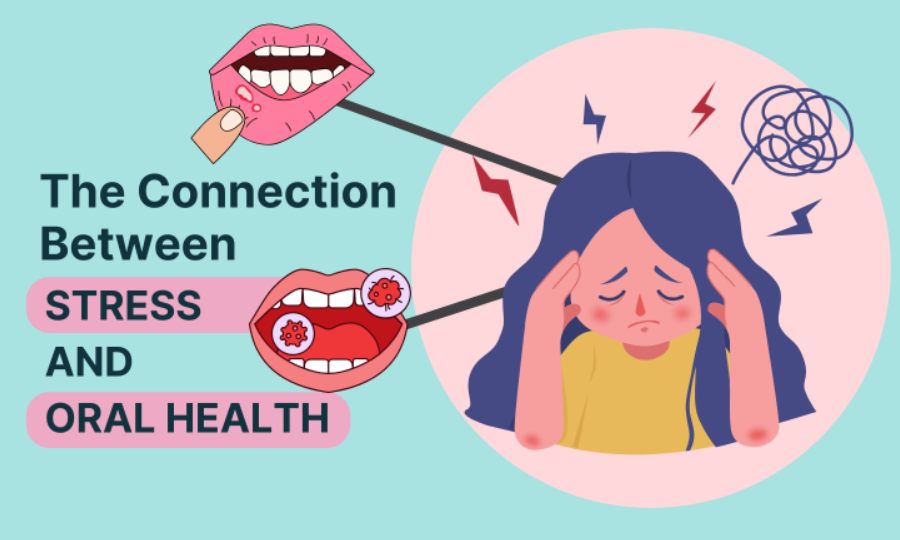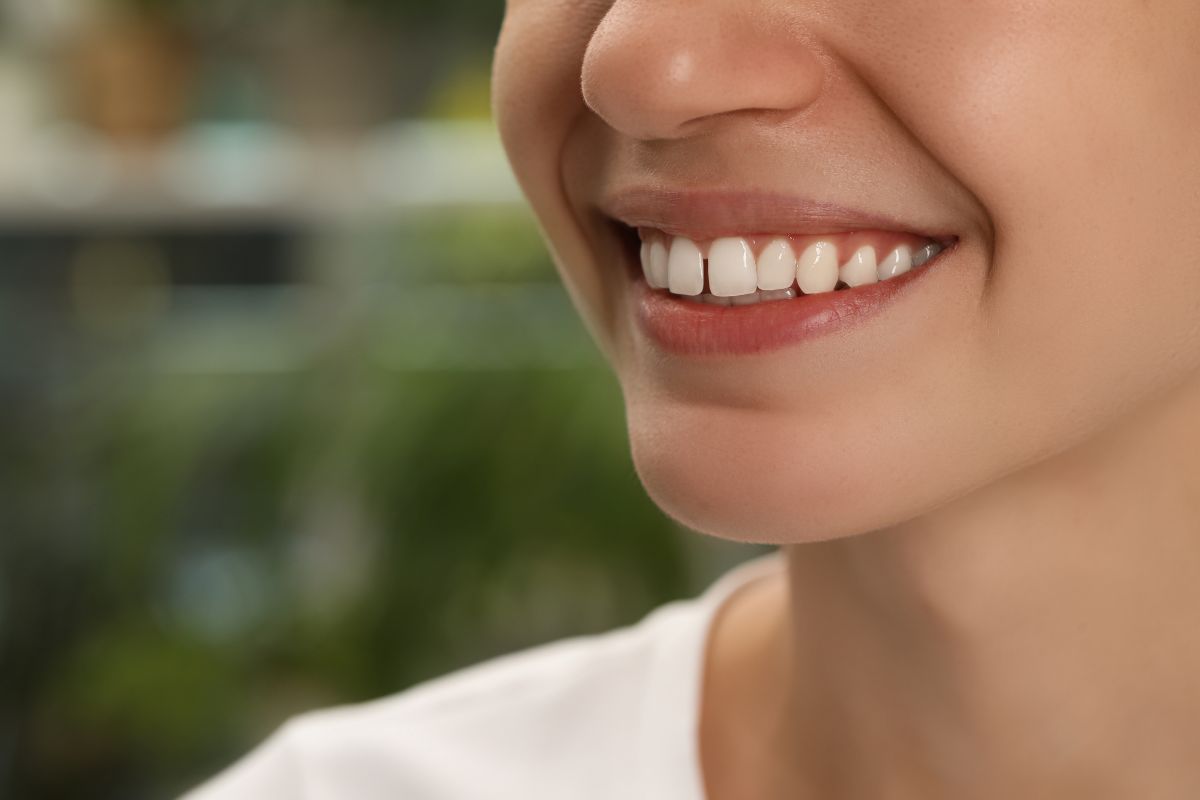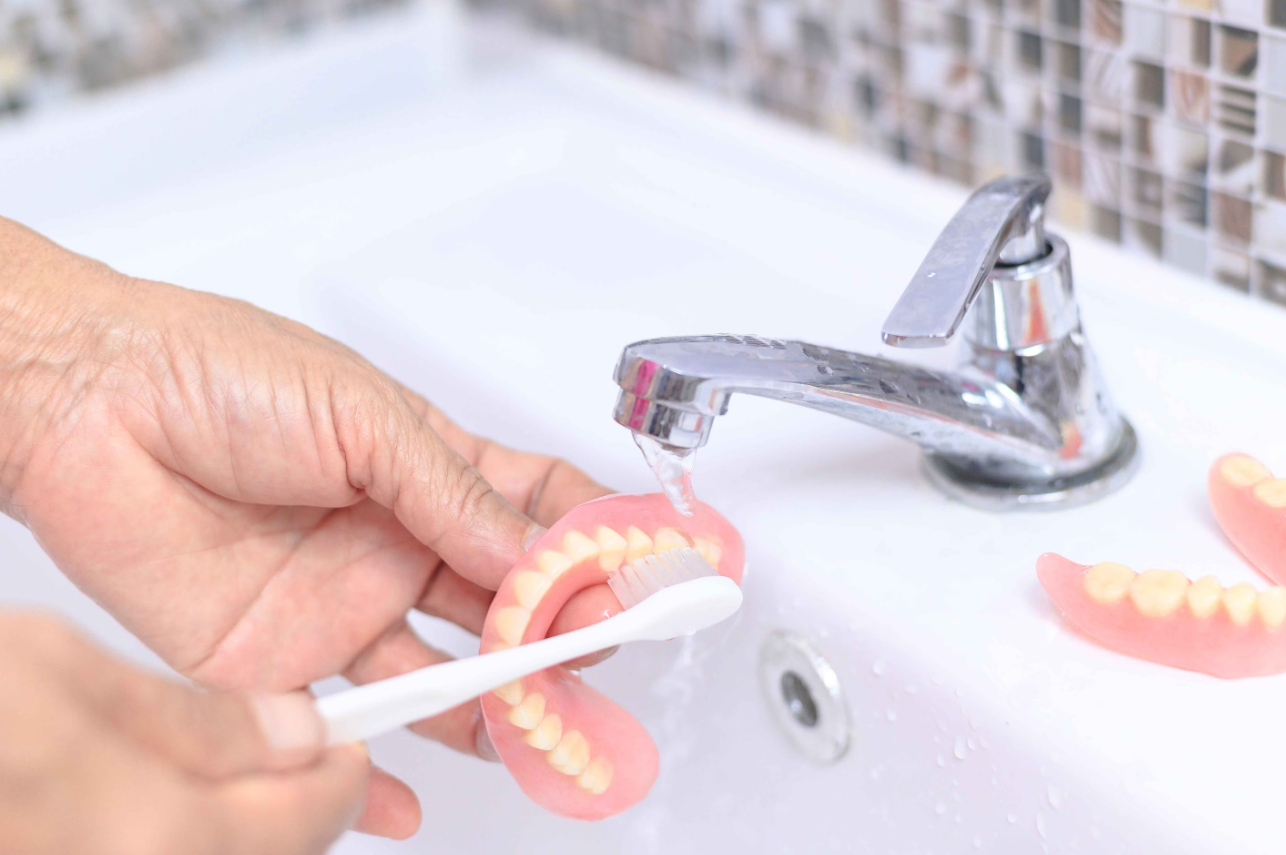What Is A Yeast Infection
Candidiasis is another name for yeast infection which is a common condition among males as well as females. It is a fungal infection caused by Candida, yeast-like fungi, the most common strand being Candida Albicans. Few other suggested names for the infection are yeast overgrowth, systemic Candida, systemic yeast infection, Candida overgrowth syndrome. Certain types of bacteria and some yeast cells are always present in a healthy digestive system, mouth, skin, and vagina. Different products are available in the market for yeast infection treatments.
The number of these fungal cells multiplies whenever there is an imbalance in these bacteria and yeast and the fungal form is converted into an aggressive entity releasing almost more than eighty different toxins. The imbalance is quite irritating and causes itching, discharge, swelling, and redness of the affected area suppressing the immune system of the body resulting in a number of health issues. The infection is quite common in women as it may affect three out of four women at any stage of their life. Although it is not considered a sexually transmitted disease, the increased risk of genital yeast infection being transferred from the infected partner to the other one cannot be ruled out.
Buy Now The Goodbye Company Yeast Infections Treatment Oil| Natural Relief for Candida Symptoms
Very common examples of yeast infections are:
- Warm Moist Body Areas: Any breakdowns or cuts in the skin, warm moist areas of the body as underarms easily become prone to develop Candida infection.

- In Babies and Infants: Mouth of babies and diaper areas become affected with Candida quite easily.
- Vaginal Yeast Infection: Most common disease of every three out of four women, also known as vaginal Candidiasis.
- In Adults Especially with Advanced Age: Oral yeast infection becomes common with increasing age and decreasing immunity. Dentures, skin folds under the breast and lower abdomen, nail beds, and anywhere under skin folds where the temperature remains warm and moist for long are the common places for the development of yeast infections.
- Systemic Candida Disease: If the fungus enters the bloodstream and spreads throughout the body then it is called systemic Candida disease which is quite rare to occur. Almost forty-five percent of people die suffering from systemic Candida infection known as Candidemia.
- Indicative of Any Underlying Disease: The recurrent Candida infection may be indicative of some underlying disease as diabetes, leukemia or AIDS, etc.
Causes Of Yeast Infection:
A variety of reasons can be considered responsible for development and growth of yeast infections. Lactobacillus bacteria and Candida fungus are present in vagina in a unique combination maintaining a healthy balance for the optimum function of the particular area. Our ntural immune system keeps a check on the number of these cells and keeps it from growing out of control. Any imbalance of the system may cause overgrowth of yeast infection creating its symptoms and may disturb the normal physiological processes by presence of ever increasing number of yeast cells. The possible causes of yeast infection may be:
Antibiotics: An increased intake of antibiotics as penicillins, fluoroquinolones, cephalosporins or macrolides may kill the Lactobacillus bacteria disrupting the balance and causing an increase in the number of candida cells. This imbalance creates yeast overgrowth showing the symptoms of infection.
Pregnancy: The imbalance of hormones during pregnancy and increased discharges create an imbalance in the vaginal cells creating an atmosphere feasible for the growth of infection.
Uncontrolled Diabetes: An abnormal amount of glucose or none at all in our blood creates high or low diabetic conditions imparting an imbalance in the number of cells in the vagina creating risk of infection.
Weak Immune System: Since the natural immune system of body creates a harmony and prevents the overgrowth of any number of cells in the body, so weakening of immune system due to any disease may increase the unlimited growth of cells.
Malnourishment: Poor eating habits may cause weakened immune system which then becomes unable to block the overgrowth of cells leading to infection.
Periodical hormonal imbalance: Menstrual cycle causes hormonal imbalance on monthly basis which may cause infection.
Continuous stress: Long term stressful situation weakens the immune system which renders infection.
Sleep disorders: Lack of sleep or none at all may create overgrowth of infection by creating hormonal imbalance.
Birth Control Pills: The birth control pills cause great variations in level of hormones ultimately creating abnormality and weakened immune system creating apt environment for development of infection.
Implanted devices: Urinary catheters, IV ports or IV lines and such implanted devices and tubes penetrating body provide access to yeast for body creating high chances for yeast infection.
Symptoms Of Yeast Infection:
Yeast infections may appear as sores or blisters on the affected skin. A raw or painful spot is considered a sore area while a small air filled or fluid filled bubble of skin is called a blister. An addition of rash appearance or redness may indicate a yeast infection. Yeast infections occur in men and women with a variety of indicating symptoms.
External Signs And Symptoms Of Yeast Growth:
- Respiratory system: Sinus drainage, sinus infection.
- Mouth: Oral thrush, throat infection, coated tongue.
- Nails: Toenail fungus
- Skin: Athlete’s foot, jock itch, psoriasis, eczema, skin rash etc.

Internal Signs And Symptoms Of Yeast Growth:
- Cognitive function disorder: Poor memory, brain fog, lack of focus, attention deficit hyperactivity disorder
- Aches and pains: Fibromyalgia, headache, muscle pains, joint pains.
- Lack of energy: Exhaustion, fatigue.
- Immune system: Weakened immune system, prone to fever and allergies.
- Digestive system: Indigestion, bloating, constipation, diarrhea etc.
Signs And Symptoms Of Yeast Infection In Women:
A common set of symptoms present in women are the occurrence of yeast infection as vaginal itching, swelling around the vagina, burning during urination or sex, pain during sex, soreness, redness, rashes, whitish gray or clumpy vaginal discharge, etc. These are very common and less complicated symptoms.
Complicated yeast infections have a number of serious symptoms as:
- Extensive redness, severe itching, and swelling that lead to tears, cracks or sores.
- Four or more yeast infections per year.
- Yeast infection while you are pregnant.
Signs And Symptoms Of Yeast Infection In Men:
Men can have yeast infection due to a number of reasons as in men who are not circumcised, men who may have a female partners with a yeast infection or overgrowth of Candida fungus on the skin. Yeast infection in men may lead to a condition of inflammation of the penis also called balanitis.The signs and symptoms may include:
- Redness, burning or itching on the genital organs.
- Shiny white area around the genital organs.
Can Yeast Infection Finish On Its Own
It is very rare for yeast infections to go on their own. They may get mild, moderate, or severe depending upon a number of reasons. A number of over the counter drugs and DIYs are available to treat the symptoms of yeast infection and to reduce its severity. These treatment methodologies soothe the affected area and target the overgrown Candida fungus. A healthy balance of yeast and bacteria is restored with the help of these drugs.
Over-The-Counter Drugs Available For Yeast Infections:
Azoles are the class of antifungal drugs used for the treatment of yeast infections that may either be mild or severe. These azoles are available as creams, ointments, tablets, and suppositories. Polyene antifungals are used for thrush and oral candidiasis. All the antifungals block the structural and functional unit of the yeast cell wall, the ergosterol resulting in artificial holes in the cell walls of yeast and other fungi causing it to leak and die. Examples of topical medication may include nystatin, boric acid, miconazole, or clotrimazole. Initially, when applied, the infection may get irritated but after a few days of continuous application, the infection starts to fade away slowly. The treatment lasts for three to seven days normally to overcome all the symptoms of infection.
DIY Treatment Strategies And Essential Oils For Yeast Infections:
Other than common over-the-counter creams and tablets, some people prefer to use herbal and essential oils to give soothing relief to symptoms of yeast infection. Tea tree oil is used for its antimicrobial properties. Coconut oil, yoghurt with natural probiotic action, garlic and few other herbs are used for yeast infections. Some of the most popular essential oils and other products used for natural treatment of yeast infections are as follows:
- Tea Tree Oil: A promising home remedy that is effective to fight against all types of Candida fungi is a combination of olive oil and tea tree oil. Potent anti-bacterial properties of the oil kills all fungi and bacteria. A few drops of oil are poured on and sides of a tampon and inserted into vagina. It is then placed for few hours to be removed later. Although not as fast acting as over-the-counter drugs, still it is quite effective strategy. It serves for topical purposes only, not for oral use.
- Yoghurt: Lactobacillus, a healthy bacterium is present in natural yoghurt thereby producing hydrogen peroxide that kills excessive Candida cells. Yoghurt has been proved to be more effective than clotrimazole. Internal or topical application of plain natural yoghurt without any sugar is an effective home remedy for yeast infections. Sugar can worsen the situation by causing multiplication of Candida a lot more times, so plain natural yoghurt is the most preferred home remedy.
- Boric acid: An effective home treatment for yeast infection is boric acid suppositories that are available in pharmacies too and can be prepared at home too. Six hundred milligram of boric acid in a soft gel capsule can be used for treatment.
- Salt Water Rinses: For oral thrush, half spoon of salt in a cup of warm water can be used to gargle in mouth for soothing and relief of redness and itching. Other parts of body can be soaked in salted water to rinse thoroughly for several minutes. Epsom salt is great anti-inflammatory and anti-itching, a best known home remedy for relaxation and muscle aches.
- Coconut oil: A thin layer of coconut oil can be applied to the effected, broken, dry or uncomfortable skin to kill off the fungus and let the skin heal if the infection is external, as in armpits, on tongue and reproductive organs etc. For internal infections, one to two table spoonful can be engulfed daily to eliminate the fungal growth. The organic coconut oil, either extra virgin or cold pressed is the most powerful and potent anti-fungal on earth especially against Candida.
- Organic Garlic: Organic garlic is a powerful tool to kill most of the pathogens. A bit of raw garlic use in daily diet reduces the risk of getting infection from several bacteria and fungi especially Candida. Peeled garlic slice rubbed onto the infected skin although rubs a bit but relieves the infection from fungi. The garlic bandage creating crushed garlic applied on the affected area soothes the infection from fungi. Garlic tea is also an important nutrient to act as a natural anti-fungal drug.
- Oregano Oil from Pizza Herb: The pizza herb, oregano is native to Mediterranean region. With potent anti-fungal power, the oregano zaps the fungi out. The oregano essential oil gets absorbed into the skin to stimulate the immune system and throttle against fungi. The olive oil acts as a carrier and is mixed with the oregano to take bath in order to treat fungal growth.
- Olive Leaf: A powerful antioxidant and an immunomodulatory food is olive leaf. Olive leaf can be used in a number of ways to boost up the immune system of the body causing eradication of any fugal overgrowth and killing the excessive unnecessary cells. As a bathing soap, it comes often mixed with many other ingredients to be used on skin. It can be used as a herbal extract too to cut down the yeast cells that are growing excessively creating infection. A herbal tea prepared with olive leaves is a very effective way to boost up the sluggish immune system to eradicate any residing fungi in the body. An addition of thyme, lemon juice drops and cinnamon may help to counter the bitterness of olive tea to a certain extent.
- Onion: One of the famous home remedy to act as a strong antifungal and antibacterial is the onion. Slightly smoked onion brings out the vapors that get absorbed through the skin to work topically and it can be ingested directly as well. It is used to relieve the distress caused by yeast infection and eliminates the Candida cells. Onions are rich in silica that releases silicon to work against the fungal infection and promotes healing faster. Onion should be a part of diet to continuously detox the body of excessive yeast cells and can be used either by rubbing directly on the affected area or placing smoked onion pieces near the affected area to act against pathogens.
- Rutabaga: The Rutabaga or Swedish turnip is a daily eatable food in Scandinavian countries to act as an antifungal and eaten to reduce body yeast growth. It must be ingested after preparation with some other food item since raw one is quite bitter to be taken directly.
- Paste of Neem Leaves: The paste of Neem leaves, a famous tropical tree of South East Asia especially India is very common to be used for treatment of yeast infections. The Neem leaves are effectively used by a number of methods to counteract the infectious yeast growth. The slurry or semi-solid paste of crushed Neem leaves are applied on skin once or twice and then washed with warm water to relief the infections. Dried Neem leaves infused in a cup of water are applied on the affected skin with cotton balls to get relief. Neem based creams are also used to get immediate effect within no time. Neem oil or leaves cannot be ingested since cause damage to a number of healthy cells in the body.
- Canberries: Although not as powerful against the yeast infection as against urinary tract infections, but fresh or canned canberry juice may work to let body get rid of the infectious substance.
- Green Vegetable Juice: The powerful antitoxin and cleanser of body is a fresh juice of green vegetable that helps the body to flush out toxins. Spinach, broccoli, cabbage, brussel sprouts, swiss chard etc. are a number of vegetables to be used to counteract the weakened immune system of the body making it prone to fight against the yeast infections. Bitter tastes and cleansing properties of micronutrients present in juices zap the proliferation of fungi in intestines. Immune system gets charged up to detoxify the body and helps to eliminate excessive unnecessary cells by taking a glass of juice per day.
- Probiotics of kefur: A fermentation product, kefir especially of coconut water helps to improve the gut flora enhancing the healthy bacteria and fungi of the body and killing the unhealthy fungi and bacteria.
- Ointment of Calendula: A herb with great anti-fungal property is calendula. Calendula extract is available in a number of creams prepared to get rid of symptoms of yeast infection.
- White Vinegar Bath: Apple cider vinegar mixed with some lavender essential oil is used frequently to take a bath by the patients suffering from yeast infection.
- Echinasea and Golden Seal: Echinasea powder and goldenseal herbs are potent anti-fungals to improve the functioning of immune system. Used for douching or as a skin wash, these are used to boost the immune system helping to counteract the yeast infections.
Can Yeast Infection Cause Infertility
Natural consistency of the cervical mucosa makes a gentle environment optimum for sperm to reach the uterus and cause pregnancy. The changes in the consistency of the cervical mucosa create blockages for the travelling of sperm. Recurrent episodes of yeast infections cause the balance of vaginal flora to go out of balance that causes permanence infertility of sperm to reach cervical opening. The pH of human vagina varies between being acidic (3.8-4.5) to alkaline (7-14) during menstruation and time of ovulation respectively to maintain the optimum level to create pregnancy.
Alternate pH levels of a healthy vagina and cervix keep vaginal flora intact and make it act as a natural barrier against infections of fungus-like Candida. The natural immune system of the human body tries to fight against the recurrent infections by acidifying the pH of the vagina and cervix thus creating the inability of sperm to travel to uterus. Regulating the pH of vaginal flora along with the antifungal treatment is a key to get back good bacteria of the body and get rid of the recurrent irritation.
Is A Yeast Infection Contagious:
Yes, the yeast infection is contagious and can be transferred from one person to another, from males to females and vice versa. Few aspects must be considered dangerous while suffering through yeast infections as:
Sexual transmission of fungus: Sexual contact between an infected partner and an uninfected one can get transfer making both partners to suffer from the symptoms of yeast infection.
Transmission of infection through bathwater: Showers are a better option than baths once you are suffering from any kind of yeast infection. It can be transferred through the use of the same sponge, same soap, same towel or same bathing water.
Transmission of infection through breast feeding: Babies can get thrush due to accumulation of more yeast in their mouth by mother’s nipples that have Candida naturally present.
Why Do Yeast Infections Return:
Yeast infections most commonly tend to be lingering on for long and even once treated, its recurrence is a common problem to be dealt with by many people. The reason that yeast infection becomes chronic may be known or unknown depending upon the condition, spread of infection and the infected place, but few of the possible reasons behind the outcome may be considered as:
Incomplete initial treatment: Sometimes the first therapy mode of treatment is not enough to kill the infected cells and eradicate the root cause of the yeast infections. The doctors then prescribe long term anti-fungal either to be taken orally or vaginal infusions on weekly basis for upto or more than six months.
Back and forth transmission: Candida infections are very easy to spread from skin-to-skin contact, in mouth and on other areas of body. The most common example of this back and forth transmission is the Candida infection between mom and baby via breast feeding. This recurring transmission can be blocked by treating mom and baby at the same time to cure the Candida infection.
Secure sexual activity: Although the yeast infection is not considered a sexually transmitted disease still use of condoms etc. or immediate after shower can prevent the spread of disease from infected partner to the other one.
Prone to humid and moisturized environment: Continuous humidity and weather may become the reason of developing yeast infection since yeasts tend to thrive in wet and humid weather. Wearing breathable fabrics, cotton preference, and keeping yourself dry can help you to avoid the occurrence and recurrence of fungal infections.
Any drug-resistant strain may become the reason for it to become chronic: Quite rarely the yeast infection may become resistant to any drug and reoccur several times converting the disease into chronic nature. Doctor may prescribe any alternate anti-fungal medication and asking to adapt lifestyle changes to develop a habit to make your environment fungal free.
Blocking the cycle of genital yeast infection: Douching, moist conditions, poor hygiene, and long term use of antibiotics can give rise to chronic yeast infection. Promoting normal vaginal yeast balance and observing hygienic conditions can prevent from recurrence of yeast infection thus combating the chronic condition. This can be achieved by using cotton panties and loose clothing, daily showers, washing and sterilizing any towels and dresses used during infection.
Combating the oral thrush cycle: Candida is naturally present inside the mouth just like genital area but it posseses a healthy balance. Whenever the balance is disturbed, the oral thrush is a direct outcome. Oral thrush recurrence and chronic condition prevails in people with weakened immune system as children, babies, old age and in people with autoimmune disorder. Although comparatively it is easy to treat oral thrush and it is healed quickly than genital infection but its recurrence is very common too. To avoid its chronic condition, one must follow certain life style changes as, replacing toothbrush, cleaning and sterilizing all dentures, mouth guards and water flossers etc. and treating breastfeeding mom and baby at the same time.
Esophageal and throat yeast infections: Just like oral thrush, the esophageal and throat yeast infections are prone to recur very fast and similar precautionary measures as well as life style changes must be adapted to avoid them once treated.
What Causes Yeast Infection On The Face:
Yeast infections occurring on the face are mostly accompanied by yeast infection throughout the body. Common causes of the imbalance creating Candida infection on face are poor hygienic conditions, excess sweating, licking around the mouth, using harsh facial products, rough scrubbing done on face or facial tissue irritation. Red skin rash is the most common symptom of presenting the yeast infection accompanied by bumps or pustules sometimes.
It is named oral thrush accompanied by symptoms of itching, burning, pimples, dry skin patches, and ulcers. The face is the most sensitive area of the body regarding your appearance and presentation so special precautionary measures must be adapted to avoid it at the utmost and especially the recurrence. Facial care, use of top quality scrubbing materials, and adapting hygienic measures for the face are the keys towards avoiding yeast infections of the face.
Can Yeast Infection Spread To Eye:
The Candida infection when spread to the bloodstream is known as Candidemia. It can spread to many parts of the body like the eyes, liver, brain, and kidneys, and then the condition is called Invasive Candidemia. High risk for development of Invasive Candidemia happens if one passes through any of such conditions as one gets hospitalized, especially in ICU for several days, with the weakened immune system from aftereffects of chemotherapy or any other such therapy, diabetic condition, after receiving corticosteroids, after having severe burns, after any kidney treatment as dialysis, underweight infants, illicit drug injections, etc.
Signs And Symptoms Of Candidemia:
Unlike all other types of yeast infection, Candidemia has special symptoms to be considered as the infection spreads in the bloodstream and cannot be viewed visually by skin or any other rashes or redness, itching, etc. The most common symptoms of Candidemia are fever, chills, rashes, generalized fatigue, muscle aches, low blood pressure, vision changes, neurologic defects, abdominal pain, or signs of eye infection.
Diagnosis Of Candidemia:
Although most of the time, the yeast infections are caused by Candida Albicans the presence of other Candida strains as Candida tropicalis, Candida glabrata, Candida parapsilosis, etc. cannot be ruled out while diagnosing for Invasive Candidemia.
Treatment Of Candidemia:
Candidemia is a serious life threatening condition for almost ninety percent of cases so its treatment becomes quite challenging especially if spread to the eyes, brain, or any other vital organ of the body.
Diagnostic Tests For Candida Yeast Infections:
A visible Candida infection in any healthy individual is easily recognizable by doctor without laboratory tests. If the infection is recurrent or involves systemic circulation covering whole body, then extensive tests are needed to be performed.
Tests in Women: A complete gynecological exam is the most definitive way to diagnose a yeast infection. The swab test which is quite uncomfortable but an ultimate test to diagnose the Candida infection is a specialized test method.
Tests in Children: A quick exam of skin or mouth in infants and children is the most approachable way to diagnose the yeast infection. In case of any confusion preceding the outcome of infection, the small scraping of the affected area is done to diagnose the Candida infection.
Tests in People with Weakened Immune System: Visual examination of oral, vaginal and skin Candida infections in people with weakened immune systems is easily diagnosable. More invasive tests are carried out by specimen collection to confirm the presence of Candida in blood and urinary tracts. Candidiasis of brain may be indicated by MRI or CT-Scan followed by a biopsy by health practitioner to differentiate candidiasis from other diseases.
Prevention Of Yeast Infection:
Yeast infections are very common and related to our lifestyles mostly. Natural bacterial flora of genital organs, as well as other parts of the body, must be allowed to develop and maintained in a normal balance not to allow the optimal environment to prevail for the development of yeast infections. Along with following the hygienic conditions and amicable safety measures, there are a number of ways we can adapt in our lifestyle to avoid the occurrence of yeast infections. These include:
- Avoid douching: Since douching kills the necessary bacteria of the body that are used to kill the fungus, so douching must be avoided.
- Minimal use of Deodorants: The use of feminine deodorants must be minimized or not to be used at all to prevent fungal infection growth.
- Avoid Scented materials: Certain scented tampons must be avoided.
- Keep yourself dry: Bath suits and such wet clothing must be changed as soon as possible to keep the skin dry since wet and humid environment id prone to development of yeast infections.
- Water-based lubricants: Water-based sexual lubricants must be used in case to avoid fungal growth in any area.
- Carbohydrates and processed food: Cut down the processed or canned foods and carbohydrates from your diet to reduce the risk of yeast infection.
- Avoid recurrence of disease not to let it get chronic: The treatment plan for yeast infections must be followed strictly following all the hygienic protocols not to let it reoccur after sometime and to combat iots chronic lingering effects.


